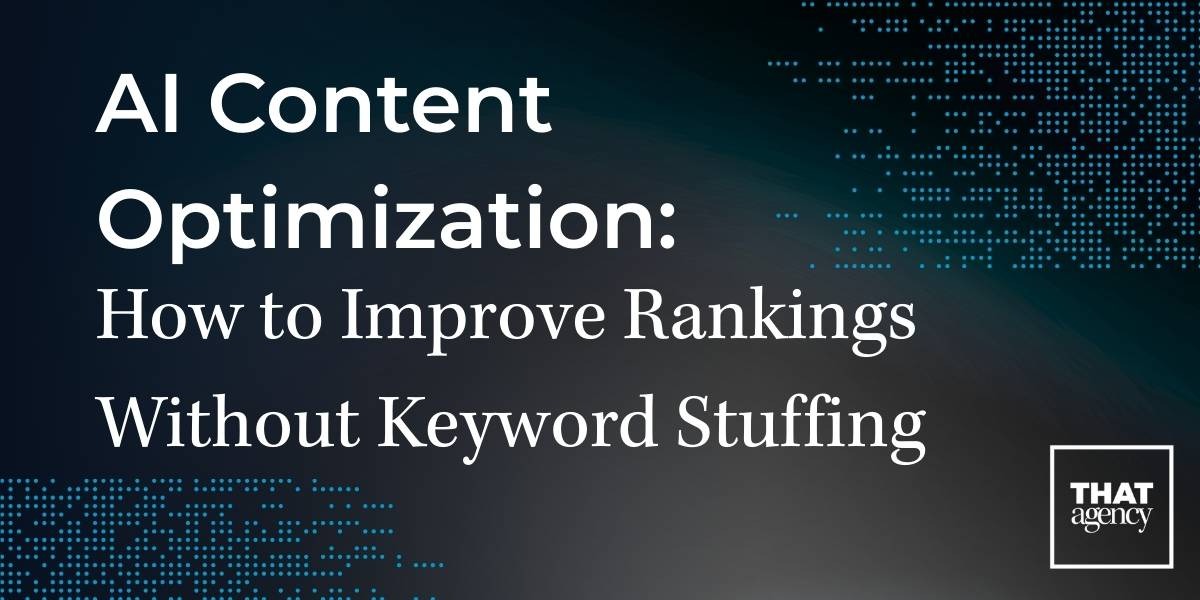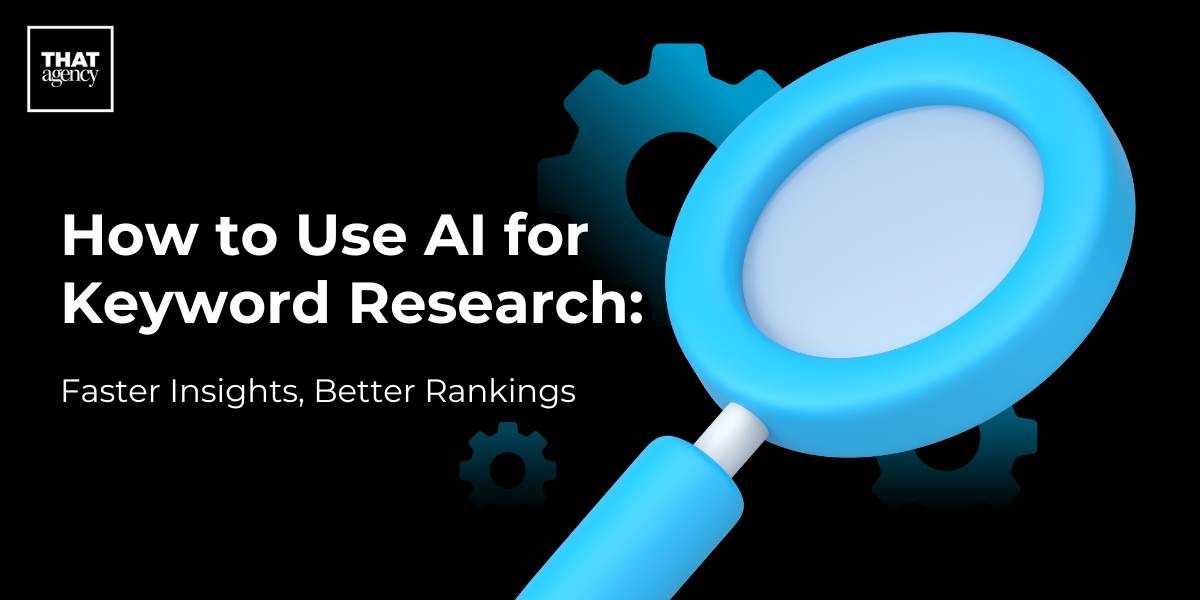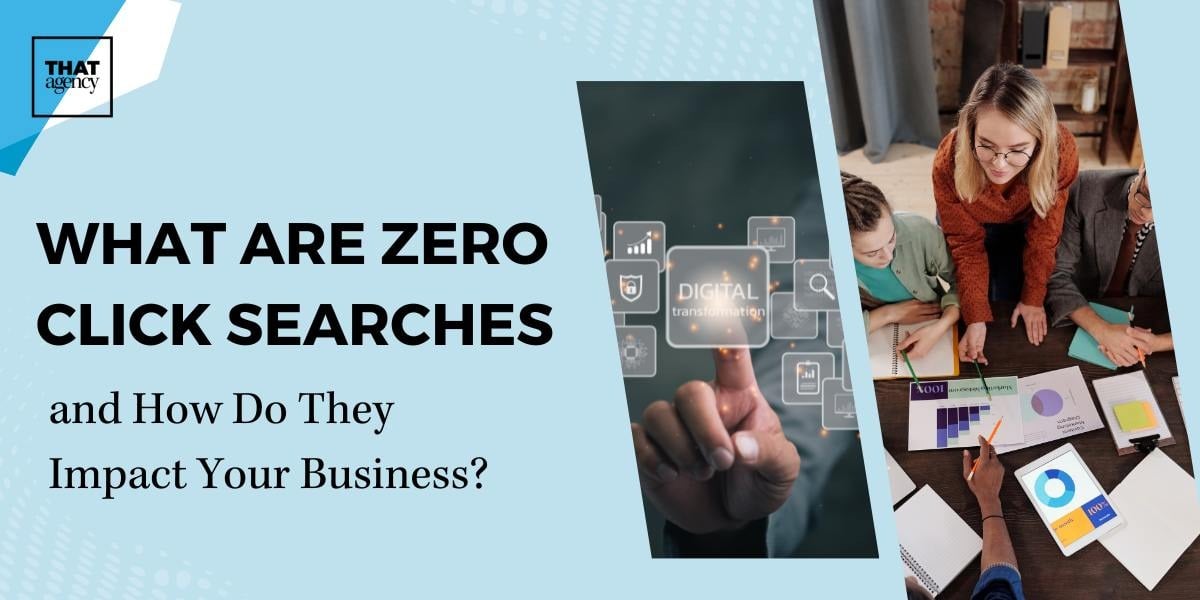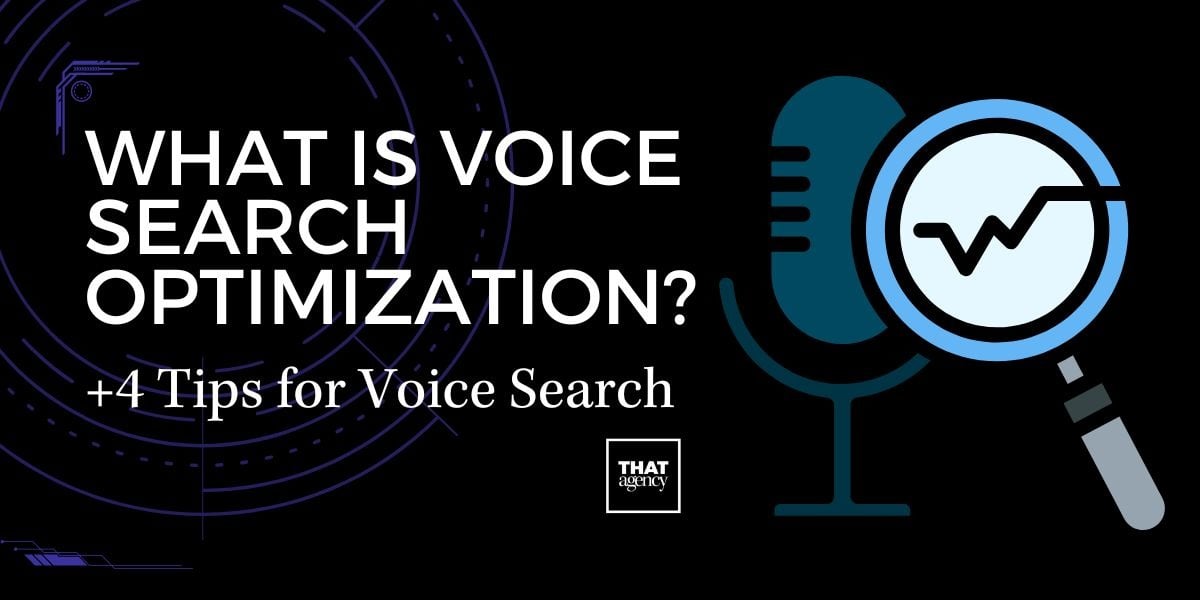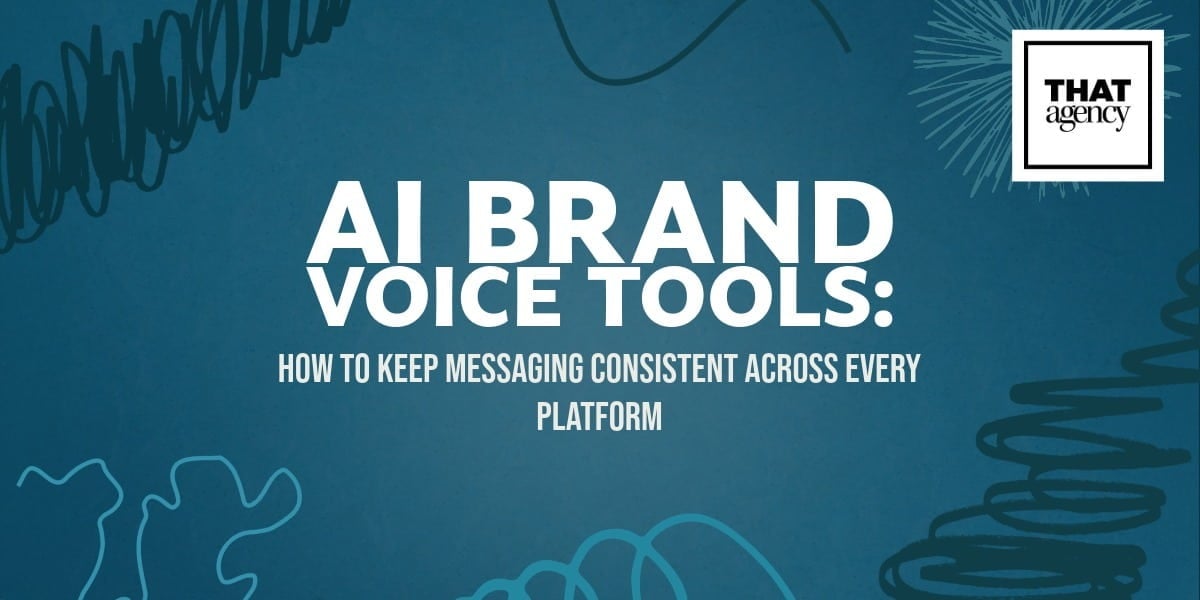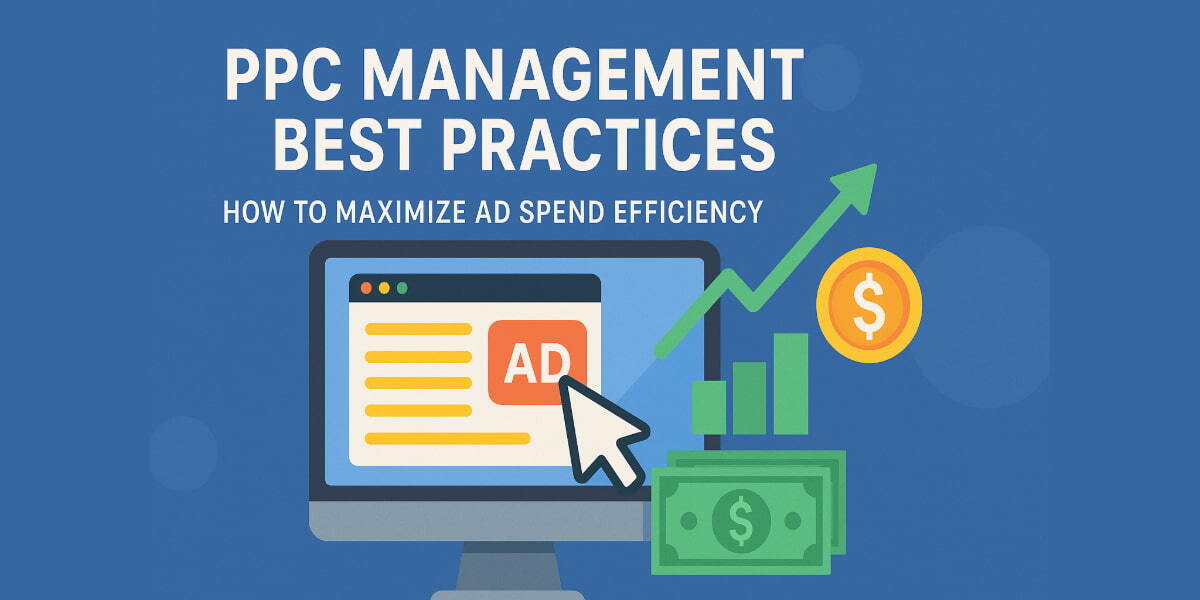
Running online ads can feel like throwing money into a black hole if you don't know what you're doing. But here's the good news: with the right PPC management best practices, you can turn your ad spending into a money-making machine. Pay-per-click advertising is one of the fastest ways to get your business in front of people who are actively looking for what you sell.
Think about it this way – when someone searches for "best pizza near me," they're ready to buy pizza. If your pizza shop's ad shows up at the top of those search results, you've got a hungry customer who's likely to click and order. That's the power of PPC when it's done right.
The problem is, many businesses jump into PPC advertising without a solid plan. They create a few ads, throw some money at them, and hope for the best. Then they wonder why their ad budget disappears faster than free samples at Costco. Don't worry – we're going to fix that.
Getting Your PPC Foundation Right
Before you start spending money on ads, you need to know exactly what you want to achieve. Are you trying to get more people to visit your store? Sell more products online? Get people to sign up for your newsletter? Having clear goals helps you make better decisions about where to spend your ad money.
Next, you need to understand your customers. What words do they type into Google when they're looking for businesses like yours? This is called keyword research, and it's like detective work for marketers. You're trying to get inside your customers' heads and figure out exactly what they're thinking when they need your product or service.
Here's a simple example: If you sell running shoes, your customers might search for "best running shoes," "comfortable running sneakers," or "shoes for marathon training." Each of these searches tells you something different about what the person wants and how ready they are to buy.
Tools like Google's Keyword Planner can help you find these search terms. They'll show you:
- How many people search for each phrase
- How much competition there is for each keyword
- Related terms you might not have thought of
Think of it as market research for the digital age.
Understanding your audience goes beyond just keywords. You need to know: • When they're online and most likely to search • Where they live (especially important for local businesses) • What devices they use (phone, tablet, or computer)
A coffee shop owner might find that most of their customers search for "coffee near me" on their phones between 7-9 AM. That's valuable information that can help you spend your ad budget more wisely.
How to Structure Your PPC Campaigns Like a Pro
Think of your PPC campaigns like organizing your closet. You wouldn't throw all your clothes in one big pile – you'd separate shirts from pants, work clothes from casual clothes. The same logic applies to your ads.
The best way to organize your campaigns is to group similar keywords together. If you sell both running shoes and basketball shoes, don't put all your shoe keywords in one big group. Create separate groups for each type of shoe. This way, you can write ads that speak directly to what people are searching for.
Here's why this matters: When someone searches for "basketball shoes," they want to see an ad about basketball shoes, not running shoes. If your ad matches exactly what they're looking for, they're more likely to click on it. And when more people click on your ads, Google rewards you with: • Better ad positions (showing up higher in search results) • Lower costs per click • Higher quality scores
Some experts take this even further by creating what they call "single keyword ad groups." This means each group of ads focuses on just one main keyword. It's more work to set up, but it often leads to better results because your ads are super relevant to what people are searching for.
You can also organize your campaigns by:
- Location (show ads only to people in your city or state)
- Time of day (run lunch ads during lunch hours)
- Type of device (different ads for phone vs. computer users)
For example, a restaurant might run different ads for lunch and dinner, or a local business might only show ads to people within 20 miles of their store.
Smart Bidding Strategies That Actually Work
Bidding in PPC is like an auction, but instead of raising your hand, you're telling Google how much you're willing to pay when someone clicks on your ad. The tricky part is figuring out how much to bid without overspending.
Google offers several automated bidding options that use artificial intelligence to adjust your bids automatically. These can be really helpful, but they're not magic. They need good data to work properly, which means you need to have some history of people clicking on your ads and taking action on your website.
Popular automated bidding options include:
- Target CPA (Cost Per Acquisition): You tell Google how much you're willing to pay for each customer, and it tries to get you customers at that price
- Target ROAS (Return on Ad Spend): Great for online stores because you can tell Google how much profit you want to make for every dollar you spend on ads
- Maximize Clicks: Google tries to get you as many clicks as possible within your budget
- Maximize Conversions: Google focuses on getting you the most customers possible
Manual bidding is like driving a car with a manual transmission – you have more control, but it requires more skill and attention. This approach works well when you're just starting out or when you want to test specific strategies.
The key to successful bidding is understanding that not all keywords are created equal. Some keywords might bring you customers who spend a lot of money, while others might bring bargain hunters. You should be willing to pay more for the keywords that bring you better customers.
Beyond Google: Exploring Digital Advertising Services
While Google Ads is the biggest player in the PPC game, it's not the only game in town. Smart businesses use a mix of different digital advertising services to reach their customers wherever they spend time online.
Here are the main types of digital advertising services you should know about:
- Display ads: Those banner ads you see on websites and apps. They're great for keeping your brand in front of people who have visited your website but didn't buy anything yet
- Social media ads: Facebook and Instagram are great for reaching consumers with visual ads, while LinkedIn is perfect for reaching other businesses
- Video ads: Platforms like YouTube let you tell your story in a way that text and images can't. Plus, you only pay when someone watches your video for a certain amount of time
- Shopping ads: If you sell products online, these are a must-have. They show your products with pictures and prices right in the search results
The key is understanding where your customers hang out online and meeting them there.
Making Sense of Your Data
Running PPC ads without looking at the data is like driving with your eyes closed. You might get lucky for a while, but eventually, you're going to crash. The good news is that PPC platforms give you tons of information about how your ads are performing.
The most important thing to track is conversions – that's when someone clicks on your ad and then does something valuable on your website, like making a purchase or filling out a contact form. Without conversion tracking, you're flying blind.
But don't get too caught up in vanity metrics like how many people clicked on your ads. What really matters is whether those clicks are turning into customers and revenue. You might have an ad that gets tons of clicks but doesn't make you any money. That's not a successful ad – that's an expensive hobby.
Testing is crucial for improving your results. Try different versions of your ads to see which ones work better. Change one thing at a time – maybe the headline, or the description, or the image. This way, you'll know exactly what made the difference.
Keep an eye on your search terms report, which shows you exactly what people typed into Google before they saw your ad. Sometimes you'll discover that your ads are showing up for searches that have nothing to do with your business. When that happens, add those irrelevant terms to your "negative keywords" list so your ads won't show up for those searches anymore.
Your Quality Score is like a report card from Google. It tells you how relevant and useful your ads are. Higher quality scores mean lower costs and better ad positions. The three main factors are how often people click on your ads, how relevant your ads are to the keywords, and how good your website is.
Making Your Website Work Harder
Getting people to click on your ads is only half the battle. Once they land on your website, you need to convince them to take action. This is where many businesses drop the ball.
Your landing page – the page people see after clicking your ad – needs to match what your ad promised. If your ad talks about "50% off running shoes," but your landing page is your general homepage with no mention of the sale, people are going to leave frustrated.
Speed matters more than you think. If your website takes more than a few seconds to load, people will hit the back button faster than you can say "lost customer." Make sure your website loads quickly on both computers and phones.
Speaking of phones, more than half of all searches happen on mobile devices. If your website looks terrible on a phone or is hard to navigate with your thumb, you're losing potential customers. Make sure your website works great on all devices.
Keep your landing pages simple and focused. Don't overwhelm visitors with too many choices or distractions. Make it crystal clear what you want them to do next, whether that's making a purchase, filling out a form, or calling your business.
Build trust with your visitors by including customer reviews, security badges, and clear contact information. People are naturally skeptical of businesses they've never heard of, so give them reasons to trust you.
Staying Ahead of the Game
The world of PPC advertising is always changing. New features, new platforms, and new ways of reaching customers are constantly emerging. The businesses that stay on top of these changes are the ones that get the best results.
Voice search is becoming more popular as people use devices like Alexa and Google Home. When people use voice search, they tend to ask complete questions instead of typing short keywords. Instead of typing "pizza restaurant," they might ask, "Where's the best pizza restaurant near me?" This means you need to think about longer, more conversational keywords.
Privacy rules are also changing how online advertising works. Companies like Apple and Google are making it harder for advertisers to track people across different websites. This means first-party data – information you collect directly from your customers – is becoming more valuable than ever.
Visual search is another trend to watch. People can now take a picture of something and search for similar products. If you sell products, make sure you have high-quality images and detailed product descriptions.
Essential PPC Management Best Practices for Success
Successfully managing PPC campaigns isn't about mastering one technique – it's about getting all the pieces working together. Your keywords, ads, bidding strategy, and website all need to work as a team.
The best PPC management best practices combine smart strategy with ongoing optimization. You can't just set up your campaigns and forget about them. You need to regularly check your results, test new ideas, and make adjustments based on what you learn.
Remember, PPC advertising is a marathon, not a sprint. It takes time to gather data, test different approaches, and find what works best for your business. Don't expect overnight success, but don't give up if you don't see immediate results either.
The businesses that succeed with PPC are the ones that treat it as an ongoing process of learning and improvement. They're constantly testing new ideas, analyzing their results, and making changes based on what they discover.
Ready to Take Your PPC to the Next Level?
Implementing these PPC management best practices can transform your advertising from a necessary expense into a powerful growth engine for your business. But we know it can feel overwhelming to tackle all of this on your own.
That's where THAT Agency comes in. We've helped businesses of all sizes turn their PPC campaigns into profit-generating machines. We handle all the technical stuff – keyword research, campaign setup, bid management, and ongoing optimization – so you can focus on running your business.
Ready to stop wasting money on ads that don't work and start seeing real results from your advertising budget? Contact us today to learn how we can help you maximize your ad spend efficiency and grow your business through smart PPC management best practices.
